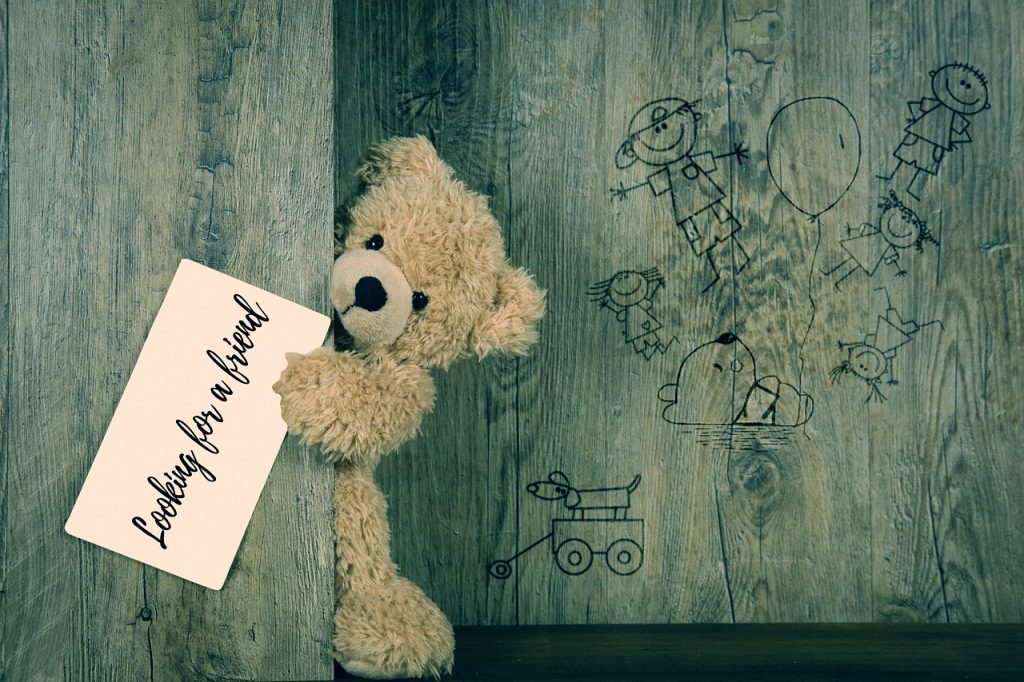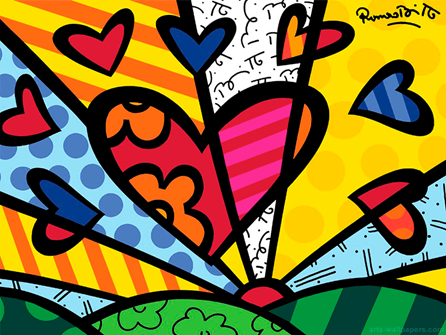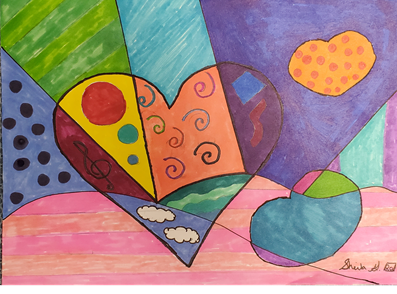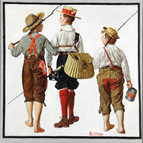
As parents or educators, we all want our children and students to be able to reflect on gratitude and empathy, and sometimes it is hard to teach children empathy and gratitude. . Knowing what makes them grateful and showing empathy to others is a life-long skill that has the potential to foster positive relationships, consider other viewpoints openly, reflect on important people or things, and remain open-minded for new experiences and people.
Sometimes though, it is a hard concept to teach. “Just be nice and think about others” is such. an abstract concept for younger students. In such a fast-paced world, it is also hard to sometimes stop and think about all of the great things, experiences, and people that are part of their day to day life. Here are some ways you can teach children empathy and gratitude.
1. Create Art Inspired By Other Artists.
Art is such a fun way to reflect on gratitude and there are some awesome artists to teach children about SEL (another fun post to come). For one of my classroom Kindergarten counseling lessons, we reflected on a painting created by artist Romero Britto.

Britto Print 
Created Example
We looked at this piece and created our own art by using the main hart to reflect on things that we are grateful for.
In my example above, the main heart has different elements of things that I am grateful for. The treble clef is a symbol of my love for music. The red, green, and blue circle represent my husband, six-year-old daughter, and one-year-old son. The squiggle lines in the heart represent current and future friendships. The rectangle and S-shape represent my parents. The green and blue squiggle lines represent how grateful I am to be able to live near the ocean. Lastly, the clouds are a symbol of how grateful I am to be able to follow my dreams and goals.
The rest of my work is merely a creative expression of my ideas and does not have any symbolic meaning.
2. Analyze Art
Art has the ability to tell amazing stories. It allows us to separate ourselves to analyze the social interactions going on, as well as emotionally connect to the subject of the artwork. Norman Rockwell is an amazing artist to start with. His exaggerated realism style of portraying everyday ways of living during the mid 20th century makes him a perfect artist to start with. Perhaps use his two paintings- The Fishing Trip and The Catch to discuss the concept of empathy. Questions of discussion: “Who do you empathize with in the first painting of The Fishing Trip?” “ Does your opinion change when you see The Catch?” “Why or Why Not?” Consider having an open conversation about the socio-economic difference between the children in the painting and see where the conversation takes you.


3. Volunteer
Visit an animal shelter, food bank, or nursing home. Encourage them to have conversations with the people there. When children hear the stories of others from their own perspective,, they are able to learn empathy and compassion.
4. Create A Gratitude Tree
Talking about what you are grateful for is a great way for children to start reflecting on the positive things in their lives. Creating a gratitude tree allows them to visually see what they are grateful for. This visual reminder is good for them to reflect on when they are feeling sad or frustrated. A Mindful Tree is a Drawing of a Tree with the Leaves of the tree reflecting things that they are grateful for. You can also cut out paper leaves, write what you are grateful for, cut them out, tape them to real twigs, and put them in a real vase.
Teaching children gratitude and empathy are important qualities for self expression, compassion, and connection with others.. Using fun ways to introduce and practice gratitude and empathy will make learning about them so much fun!